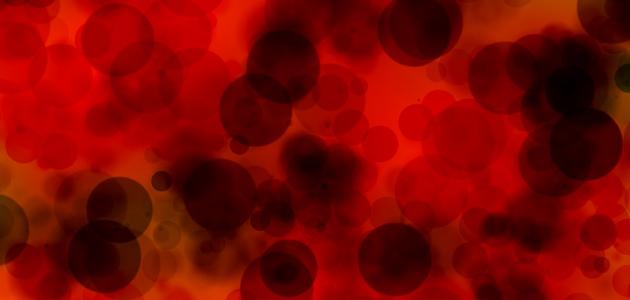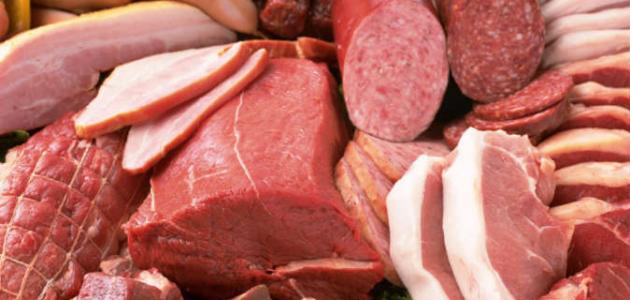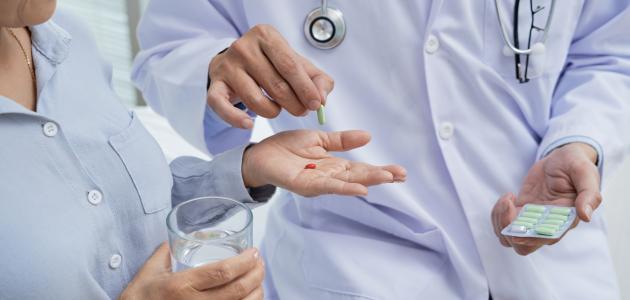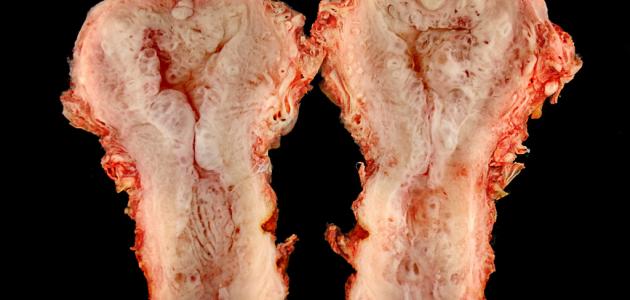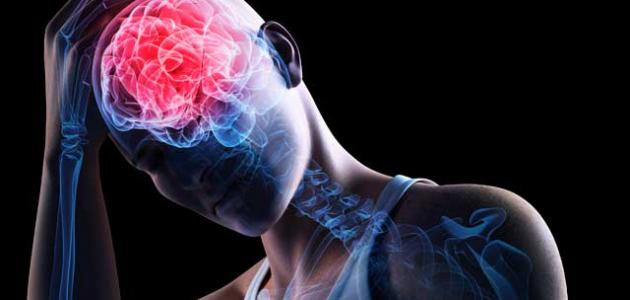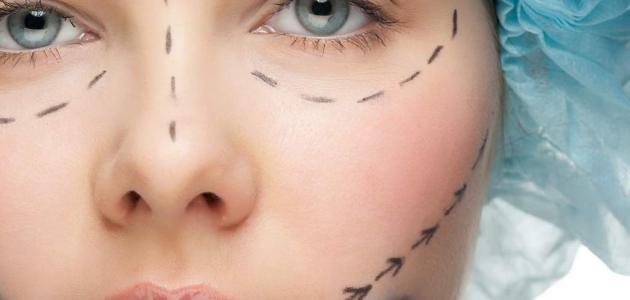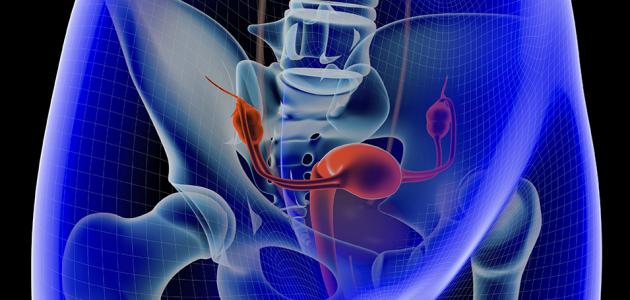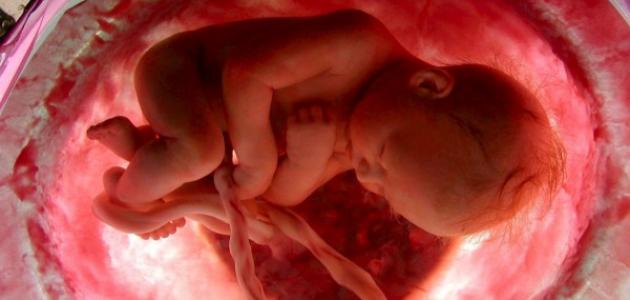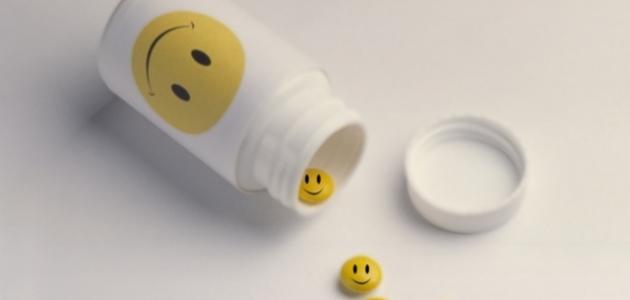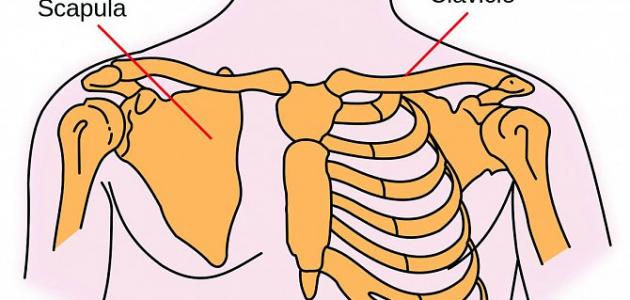Contents
Hemoglobin
Hemoglobin or hemoglobin is a compound made up of four iron-containing protein molecules that communicate with each other, and the function of the hemoglobin complex is to carry oxygen in the red blood cells from the lungs and deliver it to the body tissues, then carry carbon dioxide molecules From body tissues to the lungs to get rid of them outside the body, and hemoglobin helps to maintain the shape of red blood cells, and it is worth noting that hemoglobin gives blood its red color. [1] [2]
Hemoglobin deficiency
Hemoglobin deficiency is one of the most common health problems, and low hemoglobin is known as anemia or anemia, and it results in insufficient delivery of oxygen to various body tissues, and one of the most common causes of hemoglobin deficiency is iron deficiency in the body, and in general it can develop A person has anemia as a result of losing large amounts of blood, or a lack of red blood cells manufacturing, or as a result of breaking down red blood cells, and anemia is discovered by doing a complete blood count (CBC). [1] [3]
The normal hemoglobin level in the body
The normal hemoglobin level in the body varies from person to person according to his gender and age, as follows: [4]
children
Children's normal hemoglobin rates according to age are as follows: [4]
| Child's age | Normal hemoglobin rate |
|---|---|
| At birth | 13.5 to 24 g / dL |
| less than a month | 10 to 20 g / dL |
| 1-2 month | 10 to 18 g / dL |
| 2-6 months | 9.5 to 14 g / dL |
| 5 months to 2 years | 10.5 to 13.5 g / dL |
| 2 years to 6 years | 11.5 to 13.5 g / dL |
| 6 years to 12 years old | 11.5 to 15.5 g / dL |
Women
Normal hemoglobin levels in women are as follows: [4]
| Age | Normal hemoglobin rate |
|---|---|
| From 12 years old to 18 years old | 12 to 16 g / dL |
| Older than 18 years old | 12.1 to 15.1 g / dL |
Men
Normal hemoglobin levels in men are as follows: [4]
| Age | Normal hemoglobin rate |
|---|---|
| From 12 years old to 18 years old | 13 to 16 g / dL |
| Older than 18 years old | 13.6 to 17.7 g / dL |
Causes of hemoglobin deficiency
A slight decrease in the hemoglobin level sometimes does not indicate a health problem. For example, during pregnancy, it is normal for the hemoglobin level to decrease in a certain percentage due to the physiological changes that occur in the woman’s body. The causes of hemoglobin deficiency can be divided as follows: [5]
Blood loss
Blood loss can cause a decrease in the hemoglobin level, and causes of blood loss include: [5]
- Bleeding from heavy menstruation.
- Bleeding from wounds.
- Donate blood frequently.
- Urinary tract bleeding.
- Gastrointestinal bleeding caused by peptic ulcers, hemorrhoids, or cancers of the digestive system.
Reduced production of red blood cells
There are some conditions and health problems that cause the production of fewer red blood cells, including the following: [5] [6]
- Aplastic anemia.
- Cancer .
- Certain drugs, such as antiretroviral drugs, which are used to treat human immunodeficiency virus infection ), and chemotherapy that is used to treat cancer.
- Cirrhosis.
- Hodgkin's lymphoma.
- Hypothyroidism .
- Iron deficiency.
- Chronic kidney disease.
- Inflammation of the bladder .
- Leukemia or leukemia.
- Multiple myeloma.
- Myelodysplastic syndromes.
- Gastritis.
- Deficiency of some vitamins, such as B12 Deficiency Anemia.
The red blood cells are broken down
Among the reasons that lead to the breakdown of red blood cells more quickly than the body's ability to build new blood cells are the following: [5]
- An enlarged spleen (Splenomegaly).
- Porphyria.
- Urinary tract infection (UTI).
- Thalassemia.
- Vasculitis.
- Hemolysis.
Symptoms and signs of hemoglobin deficiency
The symptoms that may appear on the sufferers vary according to the type of anemia, its cause, and the degree of its severity. There are some common symptoms among most types of anemia, and they are as follows: [7]
- General fatigue and rapid loss of energy.
- Paleness of the skin.
- Increased heart rate, especially during exercise.
- shortness of breath.
- Headache .
- Difficulty concentrating.
- Dizziness .
- Leg cramps.
- Insomnia .
Symptoms of iron deficiency anemia
In addition to the previous symptoms, people with iron deficiency may experience: [7]
- The desire to eat strange materials such as paper, ice, or dirt, and this condition is known as pica.
- Mouth ulcers, especially around the corners of the mouth.
- Dip nails.
Symptoms of vitamin B12 deficiency anemia
People with a vitamin B12 deficiency can have the following symptoms: [7]
- Feeling of tingling in the hands and feet.
- Loss of sense of touch.
- Difficulty walking
- Forgetting that may lead to dementia.
- Feeling of stiffness in arms and legs.
Symptoms of anemia resulting from broken red blood cells
People suffering from anemia caused by the chronic destruction of red blood cells have the following symptoms: [7]
- Jaundice .
- Red or brown urine.
- Leg ulcers.
- Symptoms of gallstones .
- The child does not grow at the rate of his peers.
References
- ^ A b "Anemia" , Www.medlineplus.gov , Retrieved 23-12-2017. Edited.
- ↑ Charles Patrick Davis, "Hemoglobin (Low and High Range Causes)" , www.medicinenet , Retrieved 23-12-2017. Edited.
- ↑ "Low hemoglobin count" , www.mayoclinic.org , Retrieved 21-12-2017. Edited.
- ^ A b t w , the Charles , Patrick Davis , " the Levels hemoglobin (Cont.)" , Www.emedicinehealth.com , Retrieved 23-12-2017. Edited.
- ^ A b t w "Low Hemoglobin Count - Causes" , Www.mayoclinic.org , Retrieved 23-12-2017. Edited.
- ↑ Charles Patrick Davis, "Hemoglobin Levels (cont.)" , Www.emedicinehealth.com , Retrieved 23-12-2017. Edited.
- ^ A b t w "Understanding Anemia - the Symptoms" , the www.webmd.com , Retrieved 23-12-2017. Edited.
